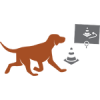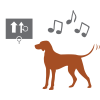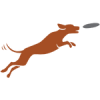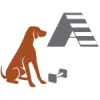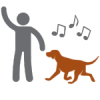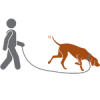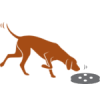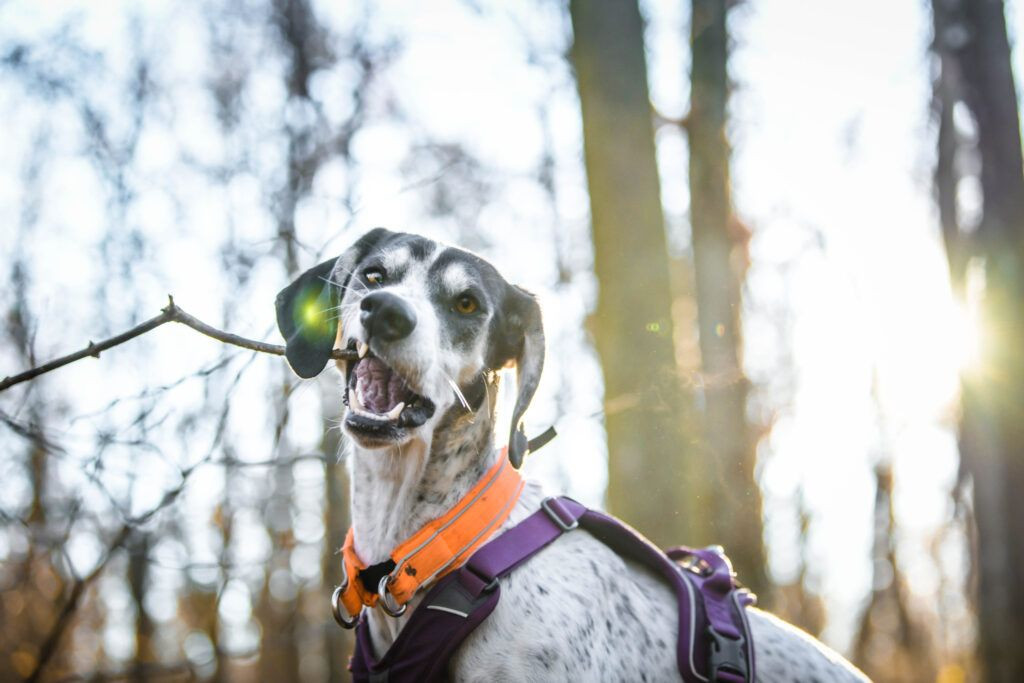Taking care of your dog's nails
Nails are an essential part of your pup's anatomy. They protect each toe, but your furry friend also needs them for walking and running. So, dog nails actually serve a bigger purpose than human nails, but they also require more care and attention to prevent unpleasant and painful health issues for our dog.
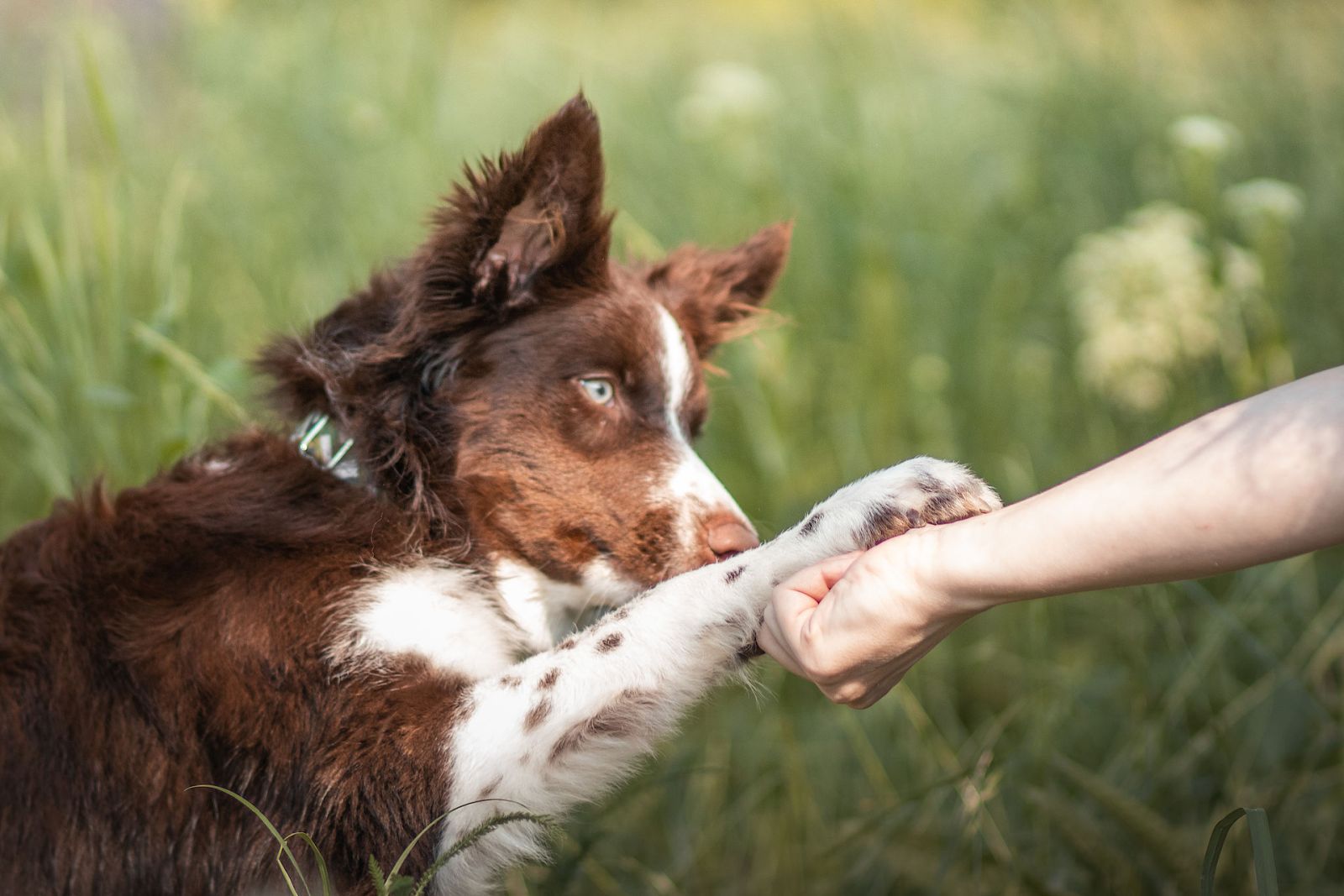

Why should you trim your dog's nails?
We've heard it too—people used to say that dogs' nails didn't need trimming, and they all got by just fine. But that's not entirely true. Dogs used to live almost exclusively outdoors, so they could naturally wear down their nails while moving around on various terrains, without anyone noticing. Also, dogs back then were often just watchdogs or work helpers, and their health or lifespan wasn't as much of a priority as it is today, when we want our furry friends to be happy and long-living. The emphasis on animal welfare is a relatively recent development (at most a few decades old), and as our understanding of canine anatomy has improved, we now know that when a dog walks, they should be able to place their paw down freely. But if overgrown nails reach the ground, they force the dog to shift weight that should normally be evenly distributed across the paw onto the joint connecting the paw to the leg.
What happens if your dog has overgrown nails?
Overloading this joint affects the entire musculoskeletal system and can deform other joints, leading to serious health issues like arthritis. Another risk of overgrown nails is that they become more prone to injury since they can easily get caught on something. A torn nail bleeds heavily and is very painful for the dog, making them reluctant to put weight on the paw, which again stresses other joints. And if that isn't enough to convince you, long nails also don't get along well with wooden floors and furniture, where they can leave scratches.
How do I know when it's time to trim my dog's nails?
Some dogs require minimal nail care. Especially those who spend most of their time outdoors usually don't have problems with overgrown nails, but it's still important to regularly check if they're getting too long. One of the key signs is if your dog's nails touch the ground, which might also be noticeable as a characteristic clicking sound on the floor. Even if you don't hear it, we recommend checking their paws regularly, at least once every two weeks.
How much should I trim my dog's nails?
A dog's nail consists of a hard outer layer with a quick—a vital part of the paw that's well-supplied with blood and has nerve endings—running through the center. When trimming, you need to carefully avoid this quick, because your dog definitely won't thank you if you hit it. Damaging the quick is not only painful for the dog, but it also heals poorly and, due to direct contact with the ground that’s full of dust and dirt, there's a risk of infection.
If your dog has light-colored nails, the quick is visible, making it easy to judge how far you can trim. However, if your dog has black nails, the quick isn't visible, making it tricky to estimate, so proceed slowly and with great caution. Don't trim the nails too close to the quick; leave a bit of space because your furry friend might naturally wear them down a bit more when they're out and about.
So, how should I trim the nails?
Trim the nails when your dog is calm — it's a good idea to plan a little trip beforehand to tire them out, but don't do it while they're asleep, as you might startle them. Ideally, you should start this process when they're a puppy, but even adult dogs can learn to tolerate nail trimming. It just takes a lot of patience. If your dog behaves as you want, don't forget to reward them with treats for being so brave. Just be careful that you're not just bribing or distracting them from what's happening. Rewarding bad behavior won't teach them anything.
What should I use to trim the nails?
1) Dog nail clippers
This is the most common and accessible method. The clippers should be sharp and suitable for your dog's size. However, using them requires real precision and a calm dog, because one wrong cut can easily cause an injury. Many dogs don't like clippers, and if yours is one of them, it's better to choose another method. If you're brave enough to give it a go, start by getting your dog used to having their paws touched and handled with the clippers. Practice several times a day until your dog is comfortable, and only then start trimming.
2) Dog nail grinder
An electric tool that’s relatively fast and effective, but it also requires some skill and experience to know when to stop and avoid over-grinding. Dogs can be afraid of grinders because of the noise, so this option isn't recommended for more sensitive or timid dogs.
3) Dog nail file
A gentle method where you have full control to avoid over-filing the nails. A file is also a good complement to other methods, allowing you to smooth out the nail edges to prevent splitting. On its own, however, this method is quite time-consuming, which can be a drawback if your dog protests the moment you touch their paws.
4) Our Mani-Pedi dog scratcher
We understand the challenges of nail trimming, which is why we've created a tool that allows your dog to file their nails down without even realizing it. Your furry friend’s task is to scratch a board with sandpaper, which trims their nails. When they scratch (correctly, with the nail and not the paw pad), reward them with a treat hidden under the board.


In any case, be patient and don't rush it. Never punish your dog—it won't help, and the situation will only become more stressful for them. If you're having trouble convincing your pup to get a manicure, another option is to visit the vet, who can trim the nails for you. We believe you can do it, but it's not worth forcing anything at the cost of injuring your dog or damaging your relationship with them.




















